Loisaba Conservancy new home to 21 black rhinos
Photo by David Chancellor
Laikipia, Kenya,13 February, 2024: -- The Kenya Wildlife Service (KWS) and partners today celebrate the successful translocation of 21 eastern black rhinos to Loisaba Conservancy, establishing a new viable breeding population in a country that now has 17 sanctuaries where the species has recovered since being on the brink of extinction decades ago.
Loisaba, located in Laikipia County, received the 21 rhinos from Nairobi National Park, Ol Pejeta and Lewa conservancies in an 18-day exercise executed by highly trained capture and veterinary experts drawn from KWS and its partners. The translocation was made possible by the support of various partners, including: The Nature Conservancy, San Diego Zoo Wildlife Alliance, Space for Giants, Elewana Collection, Ol Pejeta Conservancy, Lewa Conservancy and the goodwill of our communities that support conservation efforts.
Kenya had 20,000 black rhinos in the 1970s before poachers decimated them for their horns, which were sold as decorative dagger handles in Arabia and medicines in the Far East. By the time the KWS was established in 1989, rhino numbers had declined to below 400. Since then, Kenya’s eastern black rhinos have made a remarkable comeback, and today, there are an estimated 1,004 individuals.
In terms of black rhinoceros numbers, Kenya now ranks third after South Africa and Namibia. Kenya is a stronghold of the eastern sub species, hosting approximately 80 per cent of the entire world’s surviving population. Meanwhile, southern white rhinos continue to thrive in Kenya, having increased from 50 individuals that were imported from South Africa in the eighties and nineties to reach the current population of 971 individuals.
Kenya is playing a critical role in efforts to save the northern white rhino from extinction, as it is host to the only remaining two females of the species left in the world. Kenya is partnering with the global community on this project through the BioRescue project, which is a consortium of local and international experts. Thirty embryos have so far been developed, awaiting implantation into southern white rhino surrogate females. Long before Loisaba became a conservancy, the last rhinos were poached out of the area 50 years ago. The reintroduction of these 21 animals is a great milestone in Kenya’s rhino recovery action plan, and safeguarding this keystone species depends on creating more space and collaborating with communities and like-minded partners to help numbers recover.
Dr. Max Graham, CEO and Founder of Space for Giants, said, "Black rhinos were once common on Loisaba. The last known individual here was killed by poachers in the 1970s, a pattern experienced across Kenya and, indeed Africa as a consequence of the devastating and illegal trade in their horns. The return of black rhinos to Loisaba is not only a testament to the effective leadership and skills of the Kenya Wildlife Service but also a demonstration of how impactful partnerships between governments and conservation NGOs can be for restoring, managing, and protecting our natural world. And, of course, the return of black rhinos here gives all of us one of the most precious commodities of all: hope."
“It’s incredibly exciting to be part of the resettlement of rhinos to a landscape where they’ve been absent for 50 years,” said Tom Silvester, CEO of Loisaba Conservancy. “I recognize the splendid role the KWS vet and entire translocation team played to oversee the successful return of this iconic species to this landscape and we are committed to partnering with like-minded conservationists to raise rhino numbers in Kenya.”
Dr. Erustus Kanga Director General, Kenya Wildlife Service, said “I am elated to be associated with this momentous effort to secure more space for this cornerstone species. In the recent past, one of the main causes of mortality of rhinos has been territorial fights due to limited space in sanctuaries which has also led to suppressed growth rates due to competition for space and resources, leading to prolonged age at first calving, prolonged inter-calving intervals and more births of male calves, among other density dependent factors.”
Today’s celebration of the successful translocation exercise brings together top Kenyan government officials, led by Tourism and Wildlife Cabinet Secretary Dr. Alfred Mutua, Principal Secretaries in the Ministry, Governor of the County of Laikipia, Laikipia community members and wildlife enthusiasts from across the world.

